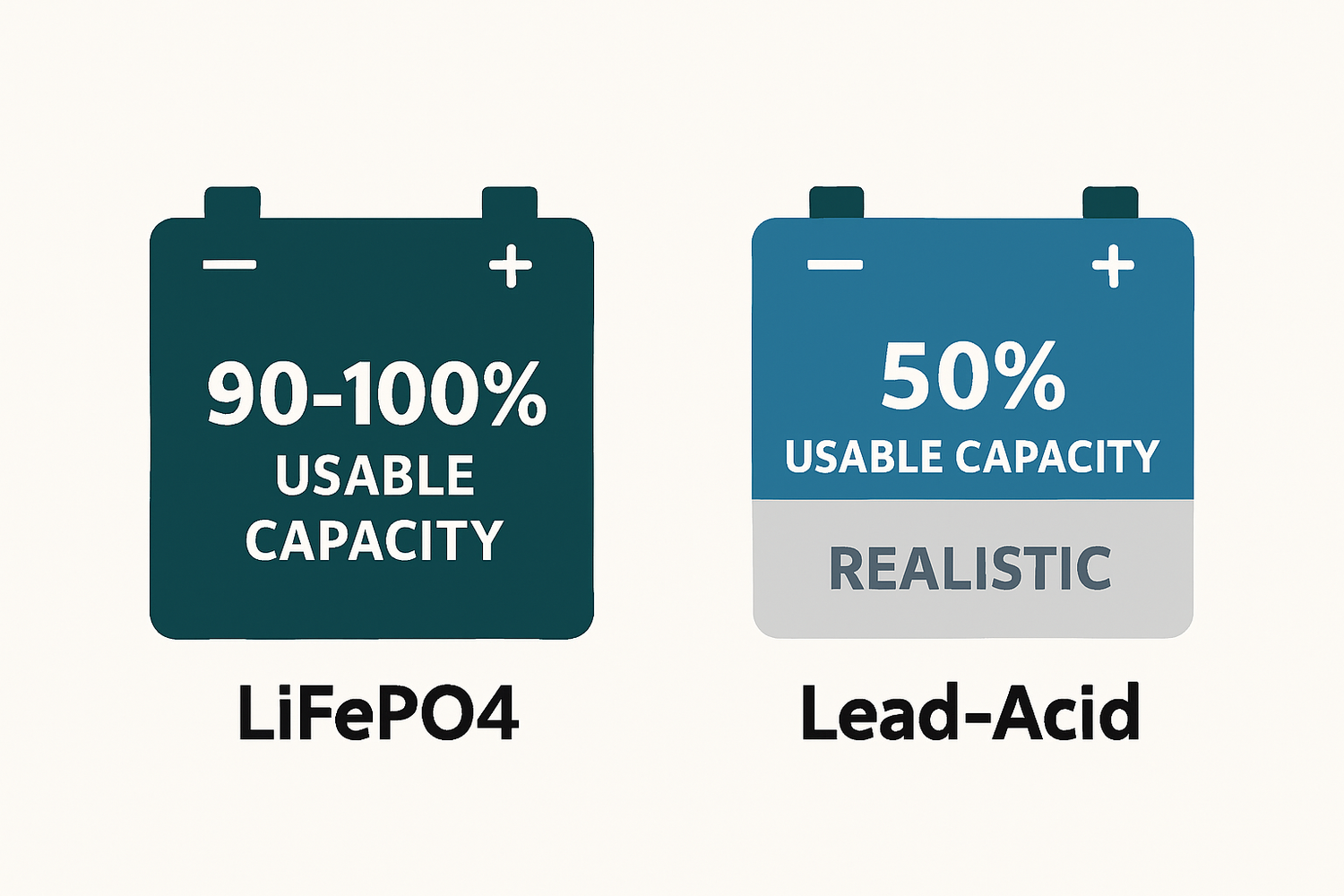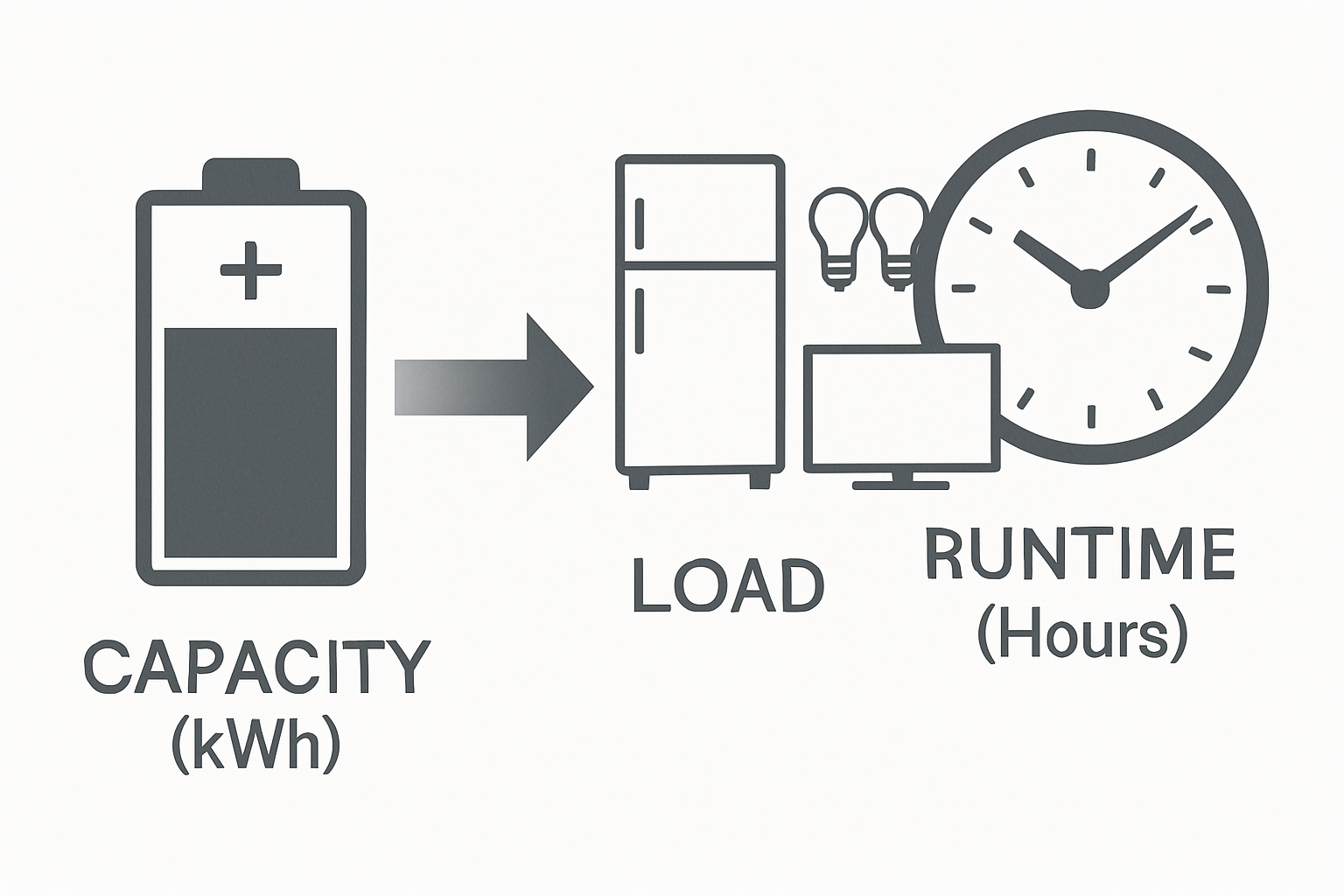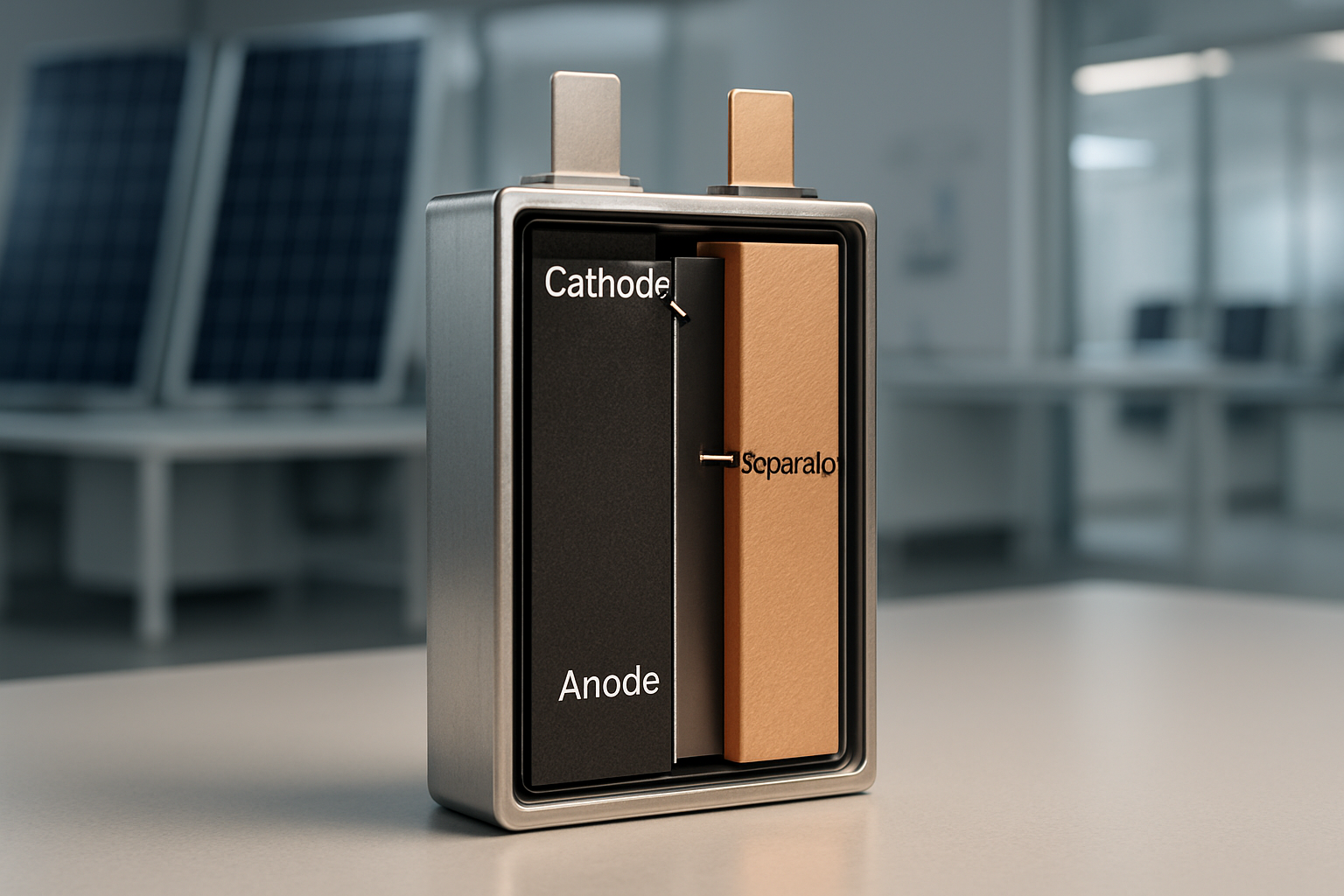When investing in a solar energy battery storage solution, your goal is to get the most power possible for the longest time. A battery's capacity, listed in amp-hours (Ah) or kilowatt-hours (kWh), seems like a straightforward number. Yet, the total capacity isn't always the same as the *usable* capacity. Understanding a key metric called Depth of Discharge (DoD) is crucial for unlocking the full potential of your battery and maximizing your investment in energy independence.
What is Depth of Discharge (DoD)?
Depth of Discharge is a simple yet critical concept. It represents the percentage of a battery's total energy that has been used. Think of it as the opposite of State of Charge (SoC), which tells you how much energy is left. If your battery is at 70% SoC, its DoD is 30%.
Defining DoD vs. State of Charge (SoC)
Imagine your battery is a fuel tank. The total size of the tank is its nominal capacity. The State of Charge is the fuel gauge, showing the remaining fuel. The Depth of Discharge, then, is the amount of fuel you've already used on your trip. According to the International Renewable Energy Agency (IRENA), DoD is defined as 'the percentage (compared to full capacity) to which the battery can be discharged'. For any robust renewable energy storage system, a high tolerance for deep discharges is a significant advantage.
Why You Can't Always Use 100% of Your Battery
With older battery technologies like lead-acid, discharging the battery completely causes stress and damage to its internal components. Regularly draining a lead-acid battery beyond 50% of its capacity will drastically shorten its lifespan. This limitation means you would need a battery bank twice the size of your actual energy needs just to operate it safely. This is where modern battery chemistry, specifically Lithium Iron Phosphate (LiFePO4), creates a clear advantage for home energy storage.
The LiFePO4 Advantage: Superior DoD Capabilities
LiFePO4 batteries are engineered differently, making them exceptionally resilient to deep discharging. This fundamental difference is a primary reason they have become the standard for reliable residential energy storage and off-grid solar applications.
How LiFePO4 Batteries Handle Deep Discharges
Unlike their lead-acid counterparts, LiFePO4 batteries can be regularly discharged to 80%, 90%, or even 100% of their capacity without suffering significant damage or lifespan reduction. This ability to use nearly the entire battery capacity means you get more power from a smaller, lighter, and more efficient battery bank.
| Feature | LiFePO4 Battery | Lead-Acid Battery |
|---|---|---|
| Recommended DoD | 80-100% | 50% |
| Usable Energy (from 100Ah) | 80-100Ah | 50Ah |
| Cycle Life | 3,000 - 8,000+ cycles | 300 - 500 cycles |
| Lifespan | 10-15+ years | 3-5 years |
The Impact of DoD on Battery Lifespan (Cycle Life)
A battery's lifespan is measured in charge cycles. While it's true for any battery that shallower discharges can extend cycle life, LiFePO4 batteries start with such a high cycle count that it becomes less of a concern. A high-quality LiFePO4 battery can deliver over 3,000 cycles at an 80% DoD and may achieve thousands more at shallower levels. This translates to more than a decade of reliable, maintenance-free operation, providing true long-term value and energy security.
Calculating Usable Energy and Runtime
Understanding DoD allows you to move beyond theoretical capacity and calculate the actual energy you can expect from your solar energy storage system. This practical knowledge is essential for correctly sizing a system to meet your needs.
The Formula for Usable Capacity
To find out how much power you can really use, you need a simple calculation. This helps you compare different battery options accurately.
Usable Energy (Wh) = Nominal Capacity (Ah) × Voltage (V) × DoD (%)
For example, with a 48V 100Ah LiFePO4 battery that you plan to operate at a 90% DoD, the calculation is:
100Ah × 48V × 0.90 = 4,320 Watt-hours (Wh) or 4.32 kWh
In contrast, a 100Ah lead-acid battery at 50% DoD would only provide 2.4 kWh of usable energy.
From Usable Energy to Real-World Runtime
Once you know your usable energy, you can estimate how long you can power your appliances.
Runtime (hours) = Usable Energy (Wh) / Appliance Load (W)
If your essential loads total 500 watts, the LiFePO4 battery from the example would provide approximately 8.6 hours of runtime (4320 Wh / 500 W). Of course, runtime is influenced by more than just DoD. For a complete overview of the factors involved, our Ultimate Reference for Solar Storage Performance offers a detailed analysis.
Practical Applications: Maximizing Your System
Applying the concept of DoD helps you design a more efficient, cost-effective, and reliable energy storage system from the start.
Sizing Your Battery Bank with DoD in Mind
Because LiFePO4 batteries offer a much higher DoD, you can achieve your energy goals with a smaller battery bank. A single 100Ah LiFePO4 battery provides the same usable power as two 100Ah lead-acid batteries. This directly translates to lower upfront costs, less space required for installation, and a much lighter system—a key benefit for installations in RVs, boats, or remote cabins.
Setting Your Inverter and Charge Controller
To get the most from your LiFePO4 battery, ensure your system components are configured correctly. Your solar inverter's low-voltage cutoff and your charge controller's settings should be programmed to align with your target DoD. This not only optimizes performance but also engages the protective features of your system, safeguarding your battery investment and ensuring a long service life.
A Smarter Approach to Energy Storage
Moving beyond nominal capacity to understand usable energy is key to building a powerful and efficient system. Depth of Discharge is the metric that unlocks this insight. LiFePO4 technology, with its ability to safely handle deep discharges of 90-100%, offers superior value and performance. By leveraging a higher DoD, you can build a more compact, longer-lasting, and cost-effective energy storage solution, putting you firmly on the path to true energy independence.
Frequently Asked Questions
Is it safe to discharge a LiFePO4 battery to 100% DoD?
While LiFePO4 chemistry can handle a 100% Depth of Discharge, many manufacturers recommend a slightly lower DoD, such as 90-95%, to maximize the battery's already extensive cycle life. A quality Battery Management System (BMS) is designed to protect the cells from over-discharge, ensuring safe operation under all conditions.
How does DoD for LiFePO4 compare to other lithium-ion batteries?
LiFePO4 batteries generally provide one of the best combinations of high DoD, long cycle life, and safety compared to other common lithium chemistries like NMC or LCO. These other types can be more sensitive to deep discharges, making LiFePO4 a more robust choice for stationary energy storage systems where reliability is paramount.
Does a higher DoD mean I need a smaller battery?
Effectively, yes. Because you can use more of the battery's total capacity, a 100Ah LiFePO4 battery can provide the same or more usable energy than a 200Ah lead-acid battery that is limited to 50% DoD. This advantage allows you to reduce the physical size, weight, and overall cost of your battery bank without sacrificing runtime.





Leave a comment
All comments are moderated before being published.
This site is protected by hCaptcha and the hCaptcha Privacy Policy and Terms of Service apply.